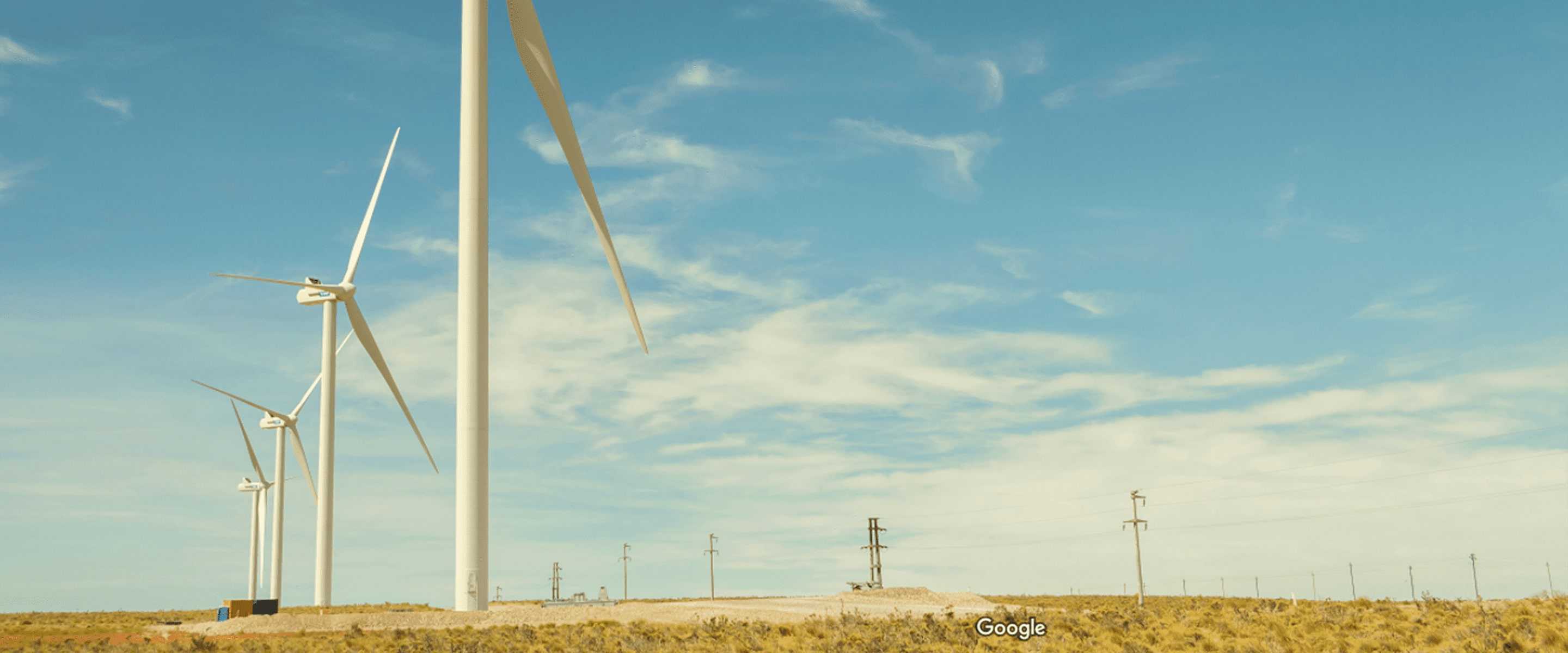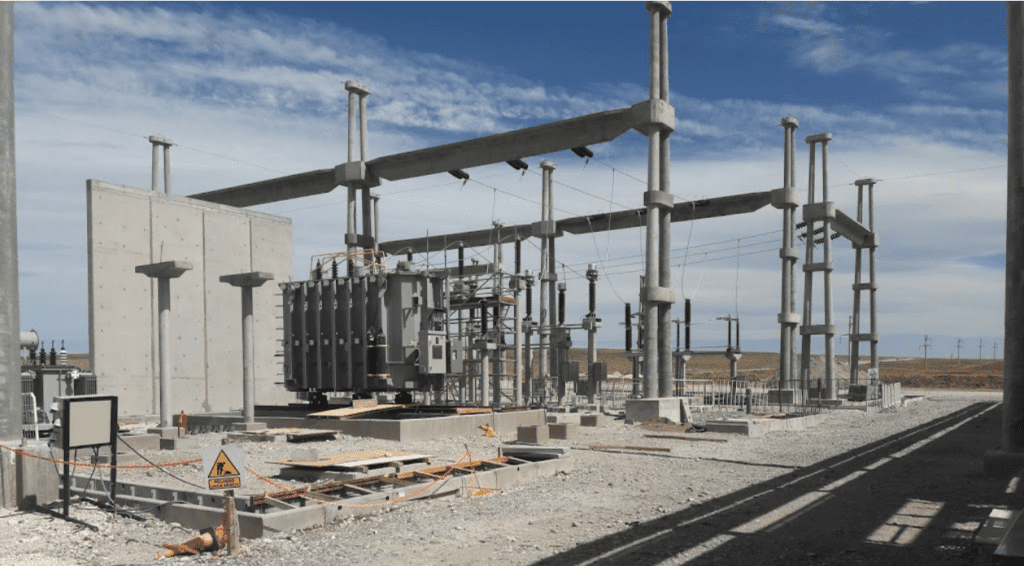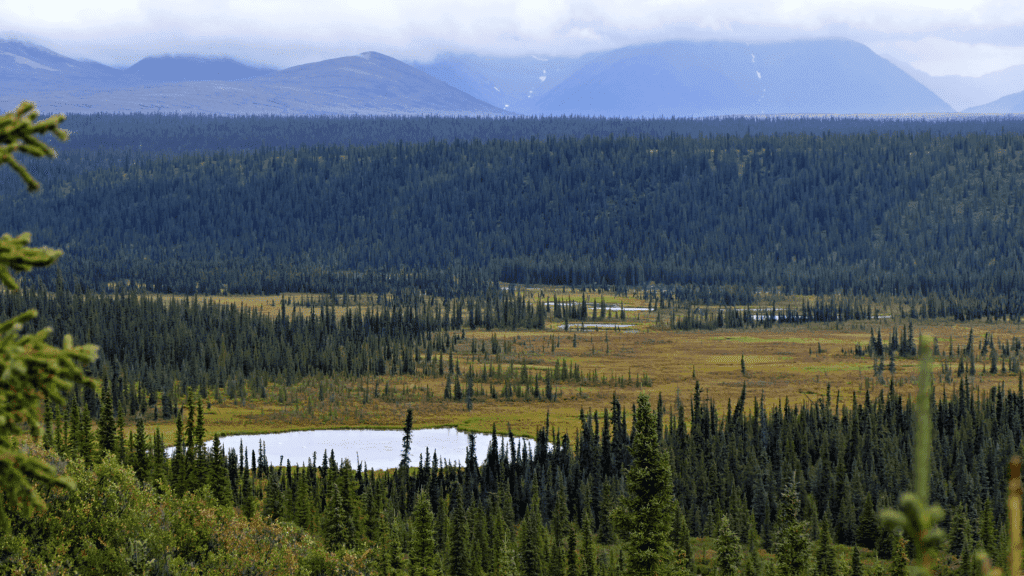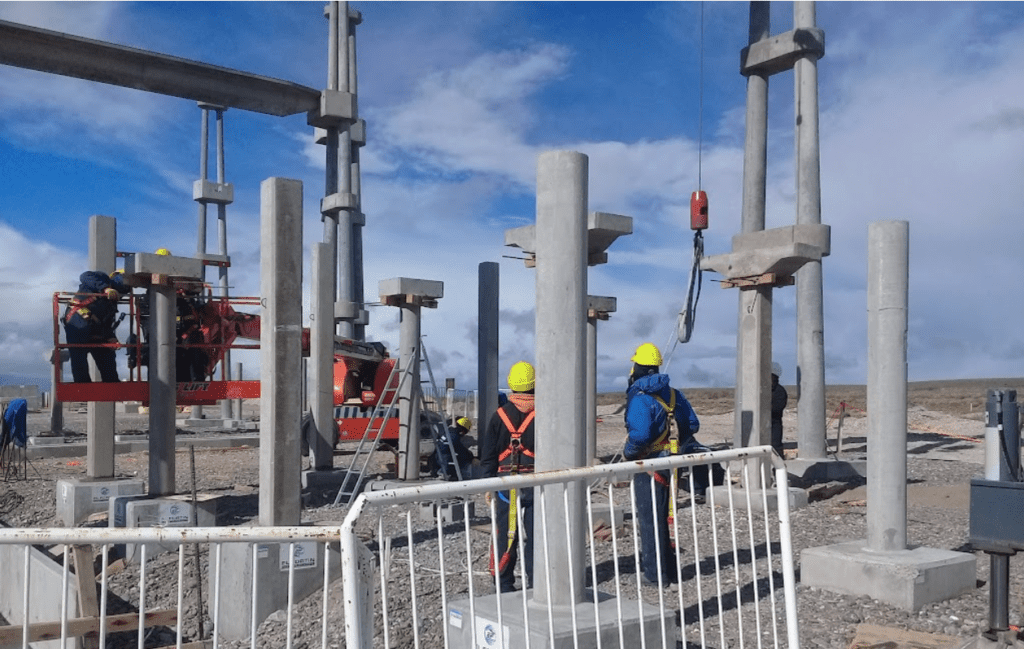Manantiales Behr Wind Farm


Certified Offset Portfolios
Buying high-quality carbon offsets has never been easier. Explore CBCO Portfolio 22-1 and get instant access to fully vetted carbon offsets.
CBCO 22-1 Project Feature: Manantiales Behr Wind Farm
Carbon offsets from the Manantiales Behr Wind Farm in Argentina are included in CarbonBetter Certified Offset (CBCO) Portfolio 22-1, and this post shares details about the project. Click here to read other stories about projects in CBCO Portfolio 22-1. As one of the fastest growing-energy resources in the world, wind farms are a key renewable resource for reaching global net-zero goals because they provide carbon offset opportunities, clean energy options, and energy access to communities. In Argentina, the wind sector has seen significant growth, but the wind energy potential is still largely untapped.
Registered on the Verra Carbon Standard (VCS) Registry with a 2020 vintage, the Manatiales Behr Wind Farm project brings increased renewable power to the Argentinian grid, helping Argentina reach a target of 20% non-hydro renewables by 2025. This 99-megawatt project helps to displace non-renewable fossil fuel sources from the grid and diversify Argentina’s grid mix while reducing greenhouse gas (GHG) emissions. It was commissioned in 2018, cost about $200 million to build, and has one of the highest wind capacity producing potentials in the world.
Manatiales Behr Wind Farm Offsets Are Included in CBCO 22-1
CarbonBetter Certified Offset Portfolios allow you to participate in a variety of projects, geographies, and technologies in one simple transaction rather than navigating a lengthy and complex RFP process with multiple organizations.
Learn More About CBCO 22-1About Carbon Offsets
Carbon offset projects allow individuals, governments, and companies to reduce their carbon footprint by investing in climate-friendly projects located around the world through the purchase and retirement of carbon offsets issued by those projects. Not all carbon offset projects are created equal, but the carbon offset market is booming as more companies make commitments to sustainability and work towards net-zero.
A carbon credit is a financial instrument that represents ownership of one metric ton of carbon dioxide equivalent that can be transferred, traded, sold, and ultimately retired. This credit represents an emission reduction or avoidance of one metric ton of carbon dioxide (CO2) or another greenhouse gas (GHG) in CO2 equivalent (CO2e), and carbon emissions are “offset” once the carbon credit is retired. In 2020 alone, companies bought more than 93 million carbon credits. By 2030, the combined voluntary and mandatory carbon credit market could add up to $100 billion, a huge increase from $300 million in 2018. Purchasing carbon credits is how companies invest in carbon offset projects to reduce their carbon footprint.
We encourage organizations to reduce what they can and then offset the harder-to-abate emissions using carbon offset credits. The amount of emissions avoidance or sequestration that a carbon offset project can deliver is verified by the issuing carbon offset program, and carbon offset credits are then issued that entities can purchase.

Image courtesy of Manuel Ariel Varas.
Using Carbon Offset Credits to Reach Sustainability Goals
Companies make voluntary and/or mandatory sustainability commitments, depending on whether or not they are a regulated entity that’s required to participate in a carbon trading scheme. Regardless of the type of commitment, carbon offsets help companies become low-carbon or meet net-zero goals. Corporate climate commitments typically address both direct and indirect carbon emissions, so buying carbon offset credits in combination with carbon reduction can be a smart strategy for decarbonization.
“Registered on the Verra Carbon Standard (VCS) Registry with a 2020 vintage, the Manatiales Behr Wind Farm project brings increased renewable power to the Argentinian grid, helping Argentina reach a target of 20% non-hydro renewables by 2025.”
About THE Manatiales Behr Wind Farm PROJECT

EXPLORE THE SHAAN SEET PROJECT
The Shaan Seet Improved Forest Management carbon offset project contains over 8,900 acres of old-growth, hemlock-spruce forest, which provides critical ecosystem services including significant climate benefits through carbon sequestration.
Project Location
Located in the Departamento Escalante, Chubut Province, Argentina, the on-shore Manatiales Behr Wind Farm project is situated in the San Jorge Gulf basin within the Manantiales Behr reservoir and is approximately 40 km northwest of Comodoro Rivadavia city. Chabut is a southern province with the Andes Mountain region to the west and the Atlantic Ocean to the east. Considered part of the Patagonia region, the climate produces strong winds for most of the year with average wind speeds ranging between 9.0 and 11.2 m/s.
The largest nearby city is Comodoro Rivadavia with a population of 180,000 and the administrative capital is Rawson with 40,000 people. The province’s economy relies heavily on petroleum and mining, and the area produces about 25% of the nation’s fish catch. The increase in wind power projects offers economic and energy diversification for the region.

Image courtesy of Google Maps.
Project Registry
The Manatiales Behr Wind Farm is registered with the VCS with an estimated annual emission reduction of 251,000 tons of CO2e. The project developer is YPF Energia Electrica S.A. (YPF Luz), and the registry used the VCS Methodology of ACM0002. The VCS Project Validator is the Spanish Association for Standardization and Certification (AENOR).
UN Sustainable Development Goals
The Manatiales Behr Wind Farm benefits the local community as a low-carbon development strategy by directly and indirectly supporting the following UN Sustainable Development Goals (SDGs):
- SDG 4: Quality education, target 4.3
- SDG 7: Affordable and clean energy, targets 7.2.1 & 7.b.1
- SDG 12: Responsible consumption and production, target 12.6
- SDG 13: Climate action
Project Technology
Developed and owned by YPF Luz, the Manantiales Behr Wind Power project is equipped with 15 Vestas Wind Systems V112-3.3 MW turbines. The build consisted of two phases, with 49.5 MW in each one, which started operations in August and December 2018, to make up a total of 99 MW for the plant. The net electricity generation is projected to be 502,900 MWh/year on a P50 basis with an overall plant load factor of 58%. It is connected to the Argentine Interconnection System (SADI) to provide electricity to the grid. The wind farm has one of the highest capacity factors (above 60%) worldwide.

Image courtesy of Manuel Ariel Varas.
Project Co-Benefits
The Manantiales Behr Wind Power project provides the following co-benefits for the community, economy, and environment.
- Mostly carbon-neutral. While the construction of wind turbines does produce carbon emissions, turbines can become carbon neutral within 7 months, depending on how much renewable energy the turbine produces, and wind turbines last about 20-25 years. Wind energy produces around 11 grams of CO2 per kilowatt-hour (g CO2/kWh) of electricity generated, whereas coal is about 980 g CO2/kWh and natural gas is about 465 g CO2/kWh, making coal’s carbon footprint 90-times higher and natural gas 40-times higher than wind energy. The actual energy produced by wind turbines does not directly emit carbon emissions, but there may be indirect emissions from off-site activities related to the facility.
- Stimulates the local economy. Wind power created 1.25 million jobs globally in 2020, which may increase to 3.3 million jobs over the next 5 years. This facility created 25 full-time, permanent jobs and created opportunities for local workers and service suppliers while stimulating the regional economy by increasing job opportunities for local workers and increasing tax revenues for the local government. With more revenue and jobs being created, investment in local infrastructure may also increase.
- Provides skilled job opportunities. This project has helped stimulate the development of a proficient services sector in the region because it needs skilled operators and maintenance staff, which creates opportunities for education, professionalization, and employment.
- Environmentally friendly energy source. This project reduces GHG and criteria air pollutants (sulphur dioxide (SO2), nitrogen oxides (NOx), and particulate matter (PM)) emissions from the country's energy matrix. Importantly, wind energy displaces the use of fossil fuels to produce energy—it helps avoid 329 million metric tons of CO2 emissions globally every year. This amount is equivalent to 71 million cars worth of carbon emissions. This particular project offsets about 241,600 tons of carbon dioxide emissions a year.
- Provides energy & energy security to the community. Wind facilities provide new sources of domestic clean energy to communities. This project supplies enough power to about 130,000 households and diversifies the energy portfolio.
Want to be a part of the Manantiales Behr Wind Farm story by purchasing carbon offsets to support this project? CarbonBetter offers its innovative Certified Offset Portfolios for your offsetting needs. The portfolio includes vetted, certified, and verified carbon offset projects that also offer co-benefits for their host communities. Contact us today for more information.